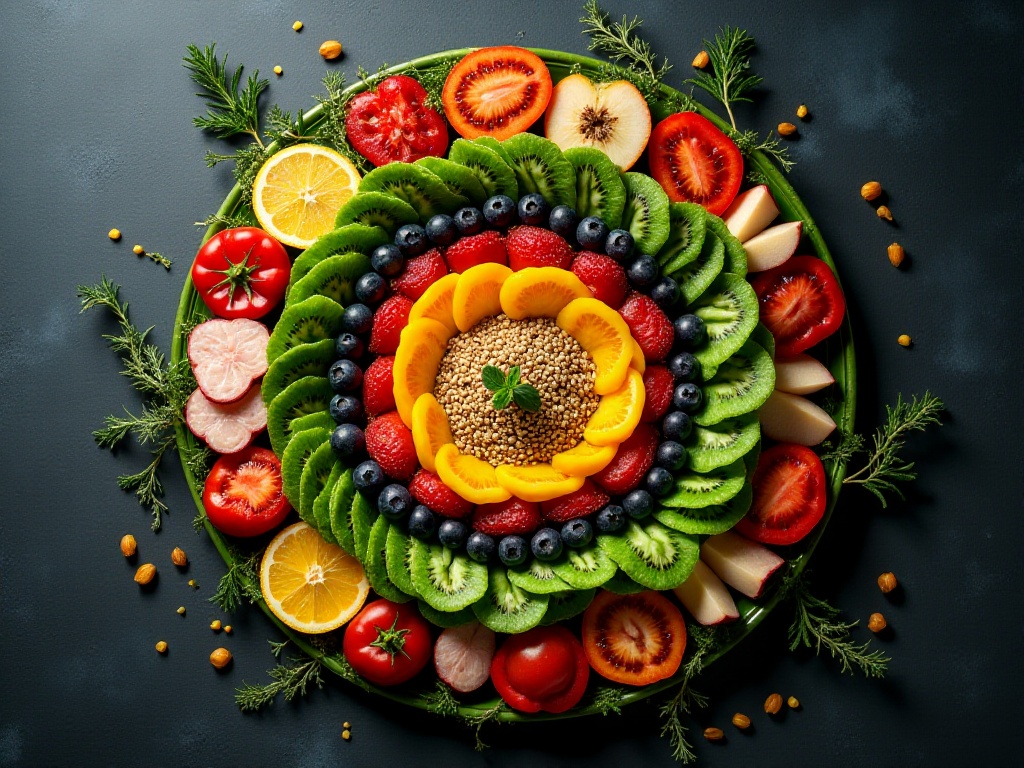Introduction
Every time I open food delivery apps and look at the dazzling array of food options, I find myself paralyzed by choice. As someone who often works from home, I deeply understand the pain of those who suffer from decision paralysis. Nutritionists say this food has high nutritional value, that food has too many calories to eat, and all the technical terms make my head spin. Today, I'll share my journey of implementing nutritionists' advice over the past year in the most relatable way possible.
Dietary Struggles
I remember this time last year, I was a typical 996 worker bee, running myself ragged for work every day. In the morning, I'd wake up almost late, grabbing instant coffee as I rushed to the office. At lunch, I barely had enough time for a break, hastily picking up a boxed lunch from the fast food place downstairs. Working overtime until after nine, I was too exhausted to cook, so I'd order fried chicken and fries on a delivery app while watching shows.
The irregular lifestyle started taking its toll on my body. One morning in the mirror, I realized I'd gained over twenty pounds without noticing, and my face was breaking out. Worse still, I was constantly drowsy at work, couldn't concentrate, and often found myself staring blankly at the computer. After lunch, I'd feel completely drained and sleepy.
That's when I started to wonder: do I really need to follow those social media influencers' advice about dieting and keto to maintain my figure and health? With this question in mind, I began seriously studying nutrition, hoping to find a healthy eating plan that worked for me.
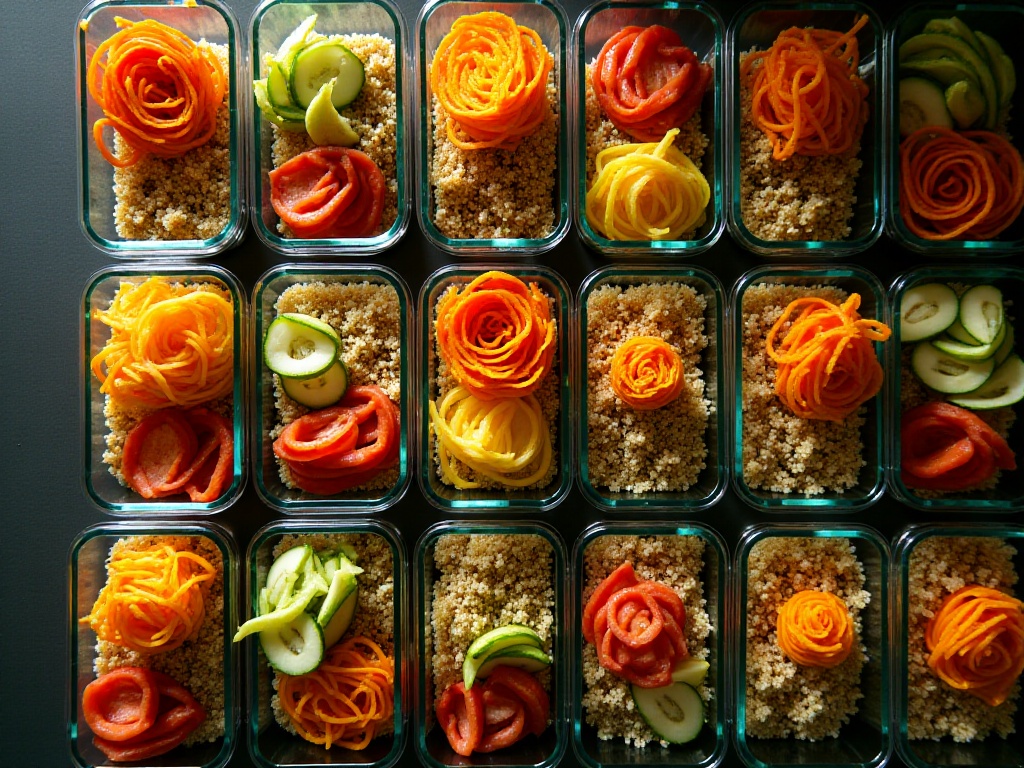
Practical Insights
After a year of exploration and practice, I discovered that healthy eating isn't as difficult as I imagined. The key is finding what works for you rather than blindly following influencers' extreme diets. Let me share my specific approaches in detail.

Food Selection
Let's start with grocery shopping. I used to think buying groceries was troublesome, but now I prepare a detailed shopping list every week. On weekend mornings, I head to the nearby fresh market with my list, shopping by category, which saves time and prevents buying excess ingredients that might go to waste.
For grains, I buy brown rice, oats, quinoa, and other whole grains. While the texture might not be as refined as white rice, the nutritional value is much higher. I also choose whole wheat bread, which might feel coarse at first, but once you get used to it, you appreciate its chewiness and how filling it is.
For protein sources, I choose chicken breast, salmon, shrimp, and tofu. Chicken breast is cheap and easy to prepare, while salmon, though pricier, is highly nutritious and worth eating once or twice a week. Soy products are an economical protein source that can be prepared in many delicious ways.
I choose fruits and vegetables according to the season, like bean sprouts, chives, and spinach in spring; cucumber, tomatoes, and eggplant in summer; pumpkin, carrots, and Chinese cabbage in fall. Seasonal produce is not only fresh and affordable but also more nutritious.
I allocate my shopping budget in thirds: one-third for quality proteins, one-third for fresh produce, and one-third for staples and seasonings. This distribution ensures both nutritional balance and budget control.
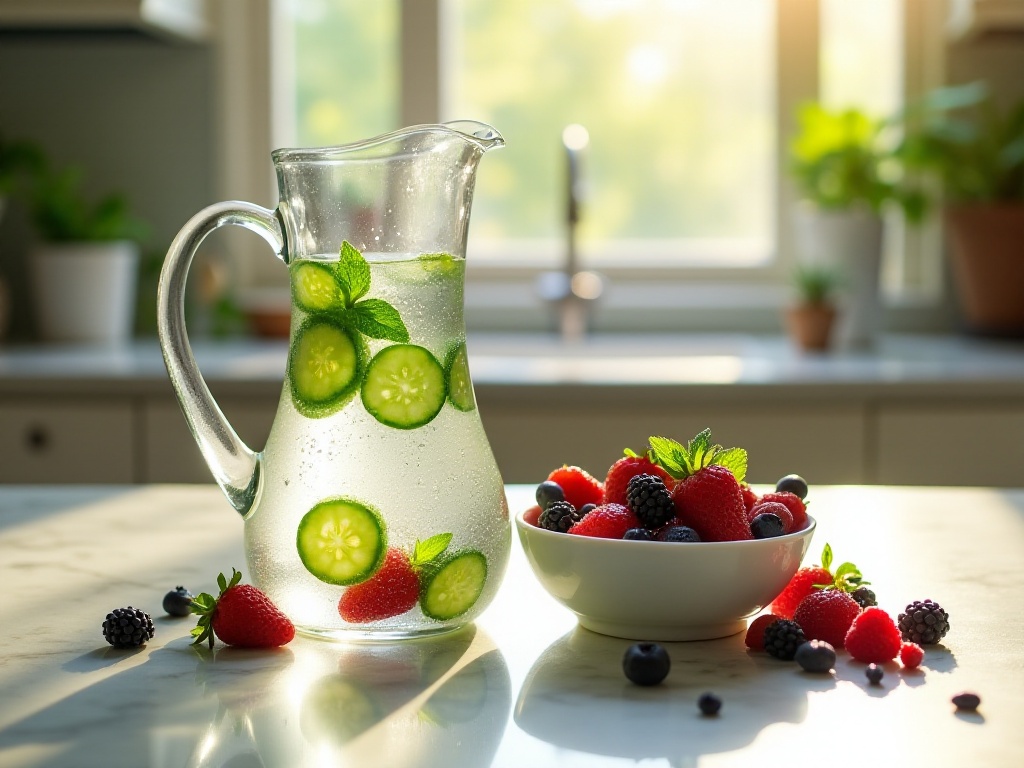
Smart Storage
Proper food storage is also crucial. I've divided my refrigerator into different functional zones: fruits on the top shelf of the refrigerator, vegetables for immediate use in the middle, and meat and soy products on the bottom. The freezer is mainly used for processed ingredients.
Every weekend, I spend an afternoon preparing ingredients. I cut chicken breast into small pieces, marinate them with black pepper, rosemary, garlic powder, and other spices, then portion them into meal-sized bags for freezing. When I want to eat them, I just move a bag to the refrigerator to thaw for the next day's cooking.
For leafy greens, I first soak and wash them in salt water, then dry them with kitchen paper before storing them in preservation bags. Placing a sheet of kitchen paper in the bag absorbs excess moisture, helping the vegetables last longer.
Fruit storage requires attention too. Fruits like apples and pears that produce ethylene should be stored separately to avoid accelerating the ripening of other fruits. When I buy bananas, I separate them and wrap their stems in plastic wrap to extend their shelf life.
Cooking Techniques
When it comes to cooking, I've developed some highly efficient habits. I always cook extra brown rice and portion it for freezing. The next morning, if I want porridge, I can just put the frozen brown rice in a pot with water and cook it briefly. Brown rice porridge has a unique texture with a subtle nutty flavor and more bite than white rice porridge.
I now love using various natural spices for seasoning, which adds layers of flavor without excessive salt. Rosemary pairs with chicken, curry with vegetables, black pepper with beef - each spice has its perfect match.
Steaming is one of my most frequently used cooking methods. With a three-tier electric steamer, I can cook three different ingredients simultaneously. I put brown rice or sweet potatoes that need longer cooking time on the bottom layer, meat in the middle, and vegetables on top. This way I can prepare a nutritionally balanced meal all at once.
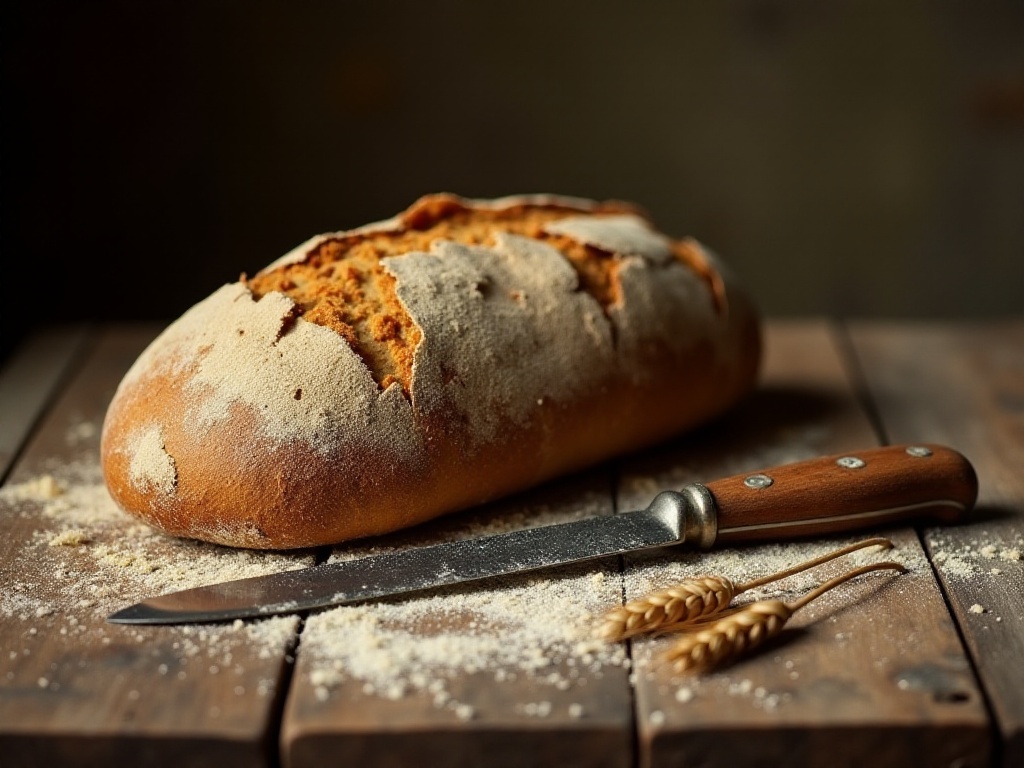
Beverage Revolution
I used to be addicted to bubble tea, feeling uncomfortable if I didn't have it daily. Now I've completely quit sugary drinks in favor of healthy beverages. I keep a large water bottle at the office marked with measurement lines, reminding myself to evenly drink 2000ml of water daily.
In summer, I make homemade fruit tea. I put lemon slices, lime, and mint leaves in cold water, adding some blueberries or strawberries - it's not only beautiful but also refreshing. In winter, I brew black tea or ginger tea, which warms the body and aids digestion.
My most surprising discovery was sparkling water as a substitute. Initially, I found its taste strange, but now I love its crisp sensation. I add fresh lemon or lime slices - it tastes great and has zero calories. It's perfect for refreshment during overtime work at the office.

Results
Through this year of dietary adjustments, my physical condition has undergone dramatic changes. First, my weight naturally returned to a normal range, not through dieting but through healthy eating habits.
Even more delightful was the improvement in my energy levels. Now I wake up easily without an alarm and stay energetic throughout the morning. I no longer get sleepy after lunch, and my afternoon work efficiency has actually improved.
My skin condition has also notably improved, with fewer breakouts and better complexion. Friends say I look several years younger. I think this might be due to increased intake of fruits and vegetables, providing sufficient vitamins and dietary fiber.
Most importantly, I've found a sustainable healthy lifestyle. Instead of relying on willpower for self-control like before, I truly enjoy the benefits of healthy eating.
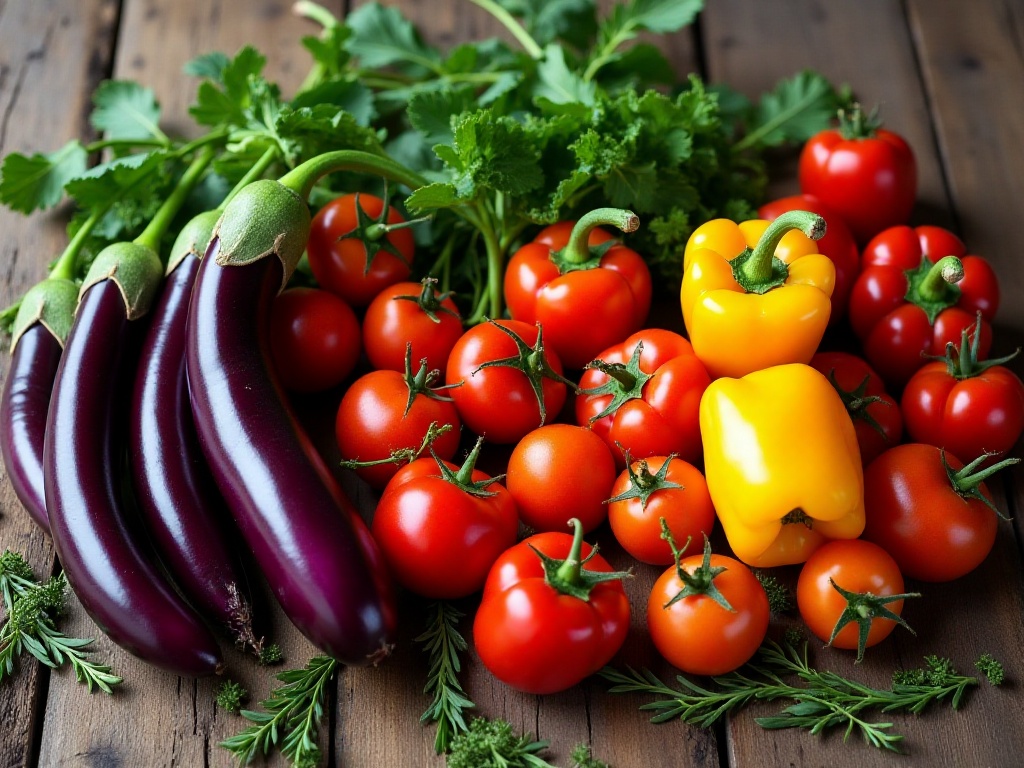
Lessons Learned
Looking back on this year's experience, my biggest realization is that healthy eating isn't a revolution but a gradual process. There's no need to be overly strict - finding your own rhythm is most important.
Everyone's constitution and lifestyle habits are different, so don't blindly follow others' diet plans. Start with small changes, like drinking fewer sugary beverages and eating more fruits and vegetables. Gradually, you'll find that healthy eating is actually simple and can bring unexpected rewards.
Have you tried adjusting your eating habits? Feel free to share your experiences in the comments. In my next post, I'll detail how to prepare healthy and delicious lunch boxes for workdays, sharing some quick recipes and storage tips. Stay tuned.




